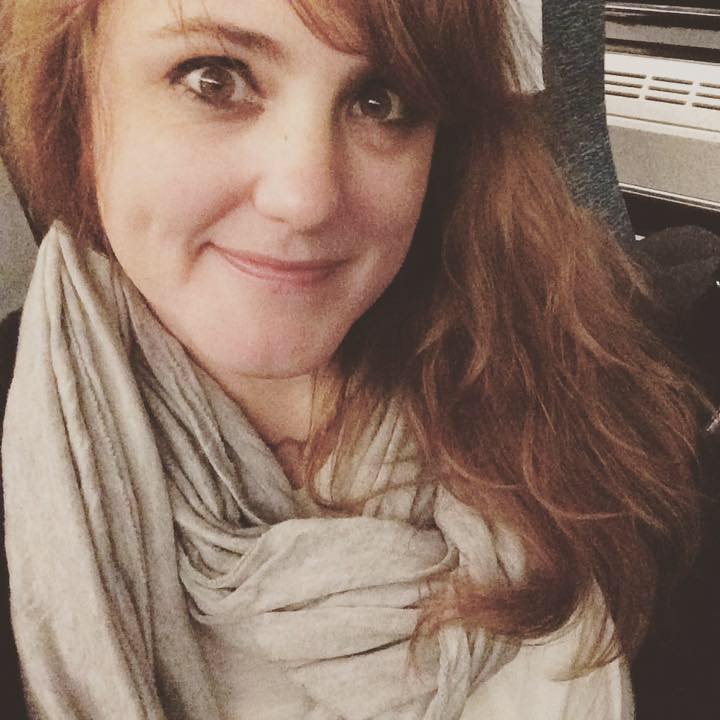All SSAT Elementary Level Math Resources
Example Questions
Example Question #3 : Measurement & Data
Which would make the most sense to use if we were going to measure a deck?
Measuring tape
Yardstick
Meter stick
Ruler
Measuring tape
A deck is most likely larger than what a yardstick, meter stick, and ruler could measure. A ruler can only measure up to 12 inches, a yardstick can only measure up to 3 feet (or 36 inches), and a meter stick is about the same size as a yardstick. Measuring tape can measure up to 25 feet.
Example Question #91 : Data Analysis And Probability
Which would make the most sense to use if we were going to measure a mailbox?
Yardstick
Meter stick
Ruler
Measuring tape
Measuring tape
Most mailboxes will be talker than 



Example Question #92 : Data Analysis And Probability
What is the missing number in the sequence?

To find the missing number in the sequence, we need to find the pattern. In this problem, the pattern is adding by fives. So, to find the missing number, we need to add five more to the number before the blank space in the given sequence.
Example Question #93 : Data Analysis And Probability
What is the missing number in the sequence?



To find the missing number in the sequence, we need to find the pattern. In this problem, the pattern is multiplying by threes.So, to find the missing number, we need to multiply the number before the blank space by three.
Example Question #57 : How To Find The Missing Part Of A List
Find the missing parts of this set:
___, ___,
First, you must notice that the set is counting down/backwards. When you look at how all the numbers are related, you will notice that these numbers decrease by 




The complete sequence is:
Example Question #55 : Data Analysis
What is the missing number in the sequence?



To find the next number in the sequence, we need to find the pattern. In this problem, the pattern is multiplying by twos! So, to find the next number, we need to multiply the number before the blank space by two.
Example Question #94 : Data Analysis And Probability
What is the missing number in the sequence?

To find the next number in the sequence, we need to find the pattern. In this problem, the pattern is dividing by four! So, to find the next number, we need to divide the number before the blank space by 
Example Question #62 : Sets
What is the missing number in the sequence?



To find the next number in the sequence, we need to find the pattern. In this problem, the pattern is subtracting by fives! So, to find the next number, we need to subtract the number before the blank space by 
Example Question #63 : Sets
What is the missing number in the sequence?


To find the next number in the sequence, we need to find the pattern. In this problem, we need to multiply by threes! So, to find the next number, we need to multiply the number before the blank space by 
Example Question #64 : Sets
What is the missing number in the sequence?



To find the next number in the sequence, we need to find the pattern. In this problem, we need to add by nines! So, to find the next number, we need to add nine to the number before the blank space.
Certified Tutor
All SSAT Elementary Level Math Resources



























































